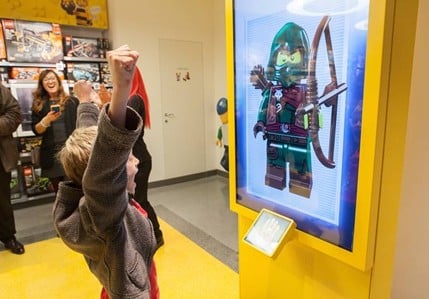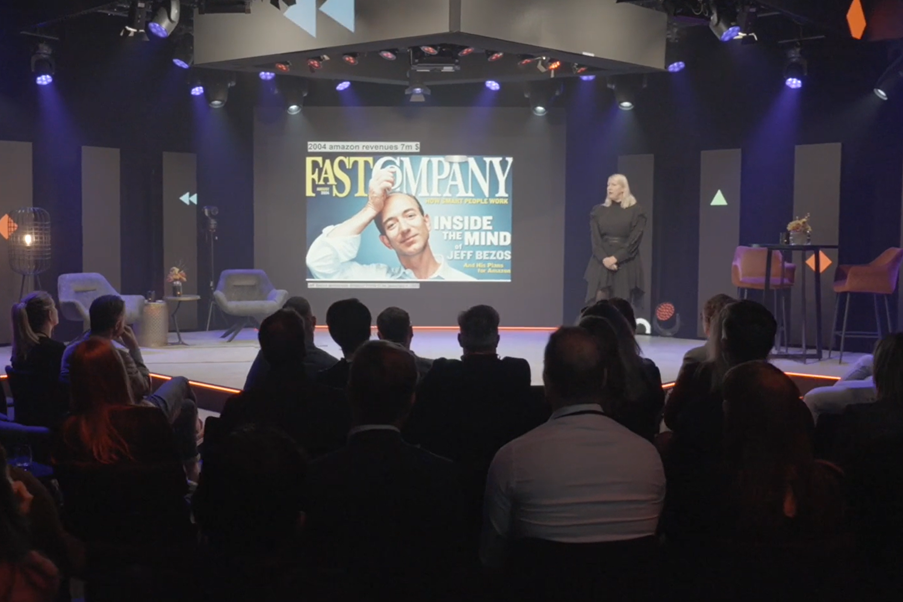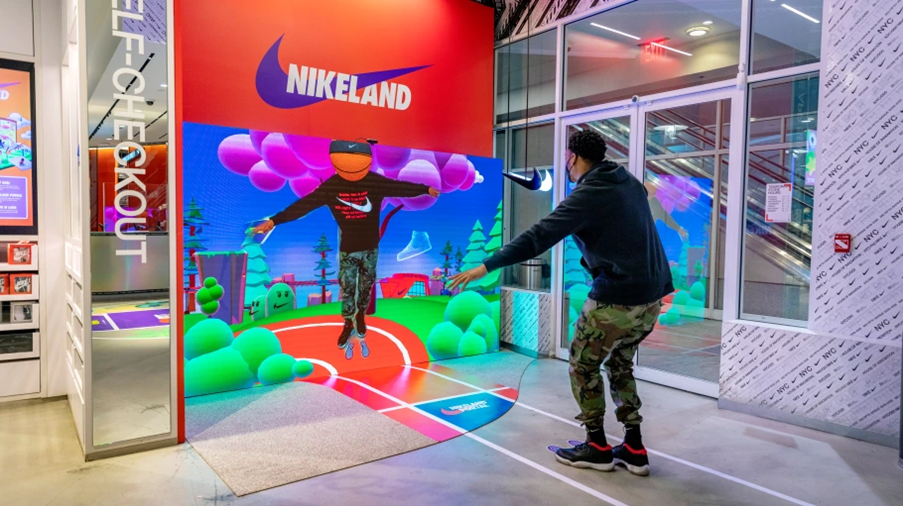The first edition took place on November 24. Around 100 C-level retail professionals came together in Tilburg at the HQ of First Impression audiovisual, recently awarded Integrator of the Year at the AV Awards. The key take-away? Brands and stores must become a part of urban life and level up the interaction with customers on a digital level as well as a physical level. Or, as the payoff of the event says: the future is phygital.
The entirely new experience center of First Impression was the place to be on the day before Black Friday. Around 100 guests from established retail brands from all over the Netherlands attended the event to share challenges, get inspired by each other’s stories, and new visual technologies displayed in the experience center. The guests visibly enjoyed the interactive, visual installations and content. And that interactivity played a significant role during the day. After all guests finished the tour in the 1000 square meters experience center, they were welcomed in the studio for the plenary sessions.
Need for interactivity
Customers have always had the need for interactivity. And this only increased over the years. People simply want to be entertained, touch products and interact with those products in a surprising way. But most of all, they want to share moments together. The three speakers at House of Retail, all three with an entirely different background, had a story touching interactivity. Andy Haywood, head of global sales at Samsung, kicked off with some fine examples of interactivity in shopping windows, and instore displays. He explained about Lego having a playing experience, instead of a shopping experience and calls this retailtainment. By making the installations hyper interactive, Lego wants to make children and their parent smile more, which pumps up sales.

Sabine Krieg, professor retail strategy and communication at the University of Dusseldorf, and consultant for brands such as Dior, impressed with her story about lessons we have learned or could have learned from the past. It is only since the nineties that shopping became part of urban life. Shops became part of public spaces, such as train stations. And it was not before the zeroes that we knew the hybridization of retail, when eating, entertainment and shopping fully integrated.

It took us three decades to go back from commercialized public spaces to de-commercialized public spaces again. If there is one thing we have learned from the past, is that we need social engagement with each other and with the brands we love. We more and more see brands as our friends. And with the increasing need for socio retailing, sustainable consumption and greenification, retail becomes a result of the community, more than of large retailers. The future lies in urbanization of retailing, where consumers do not go to shopping streets anymore, but shops become fully integrated in our neighborhoods and working environments. We interact with retail 24/7, whether it is online or offline.
The future is phygital
The final speaker was from Dutch marketing consultancy Fama Volat, Joris Verhaak, strategy, media & innovation director. He took the discussion further – or maybe too far for some of us – to the world of NFT’s, blockchain and the metaverse. A bit too far away from physical retail you say? Not if it is up to Nike. Nike recently started to add parts of their metaverse Nikeland into their physical stores, where you can interact with your avatar in real life. So digital meets physical. On this front, we also see proof that we want to be friends with loved brands. By phygitalizing the interaction with these brands, that friendship can feel real.

Is House of Retail here to stay?
So, is this new kid in town the start of something new? We think it is. We need the insights of specialists and at the same time, get inspired by seeing the phygital experiences in real life. But we need to come back on something important Sabine Krieg told us. Get inspired, take the information you need, and change. We can understand and see what needs to change to reach our target groups but are often afraid to take the necessary steps. Let’s learn from the past to get ready for the future.
